First introduced some 30 years ago, the ubiquitous Relocatable Equipment Building (REB) has become one of the most familiar pieces of trackside equipment, and, although they’re seen by millions of passengers each year, it’s likely that they’re rarely given a second thought.
Yet these modular structures contain a wealth of modern, innovative and increasingly digital technology and, on commissioning, REBs immediately deliver a huge range of benefits to passengers and operators alike.
The word ‘relocatable’ is a bit of a misnomer. Once fitted into the railway, REBs are not often then relocated. Rather, they are built up at the supplier’s factory, where the equipment can be installed in clean conditions and then checked and cross-checked, and then relocated ‘ready to go’ to their intended site.
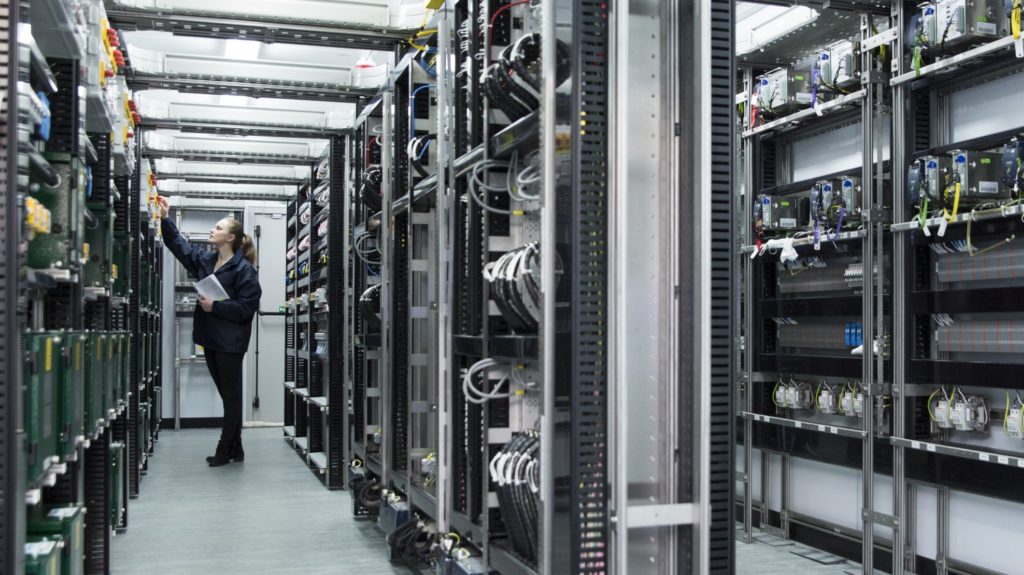
One of those suppliers is Siemens Mobility, which has been supplying REBs from their first introduction. Over the last five years, its highly trained and highly skilled team has designed, manufactured and delivered around 60 units to projects across the UK.
Although not widely recognised, all trackside equipment supplied by Siemens Mobility in the UK is actually built in the UK, with the company’s manufacturing capability for rail infrastructure extending across three dedicated sites. REBs are manufactured at the company’s largest plant, in Chippenham, Wiltshire.
REBs, or rather the systems within them, are complex and safety critical. The manufacture of each individual unit therefore requires the involvement of a wide range of disciplines, all of which must be carefully choreographed to ensure the system meets each individual projects’ precise requirements.
Design phase
The first, and arguably most important, phase of the process is the design. Drawing on the signalling scheme plan, the team responsible for delivering the project takes responsibility for the design. This can be at any one of Siemens Mobility’s seven regional delivery offices, but the responsibility for the REB design lies firmly with the delivery team.
The design engineer translates information from the scheme plan, configuring the required REBs, Modular Equipment Housings (MEHs – if a modular solution features in the scheme) and location cases. At this stage, the details of the power and network configuration are developed and finalised. Depending on the complexity of the scheme plan, it is likely to be possible to automate some or all elements of the design work, particularly where modular, digital-ready solutions feature. These systems take advantage of templated designs and standardised components to drive efficiencies and deliver cost-effective schemes.
With more than 150 years’ experience of the UK’s railway network, the Siemens Mobility team has a wealth of knowledge and technical understanding to draw on, with the ability to deliver complete turnkey solutions if required by the customer, including digital signalling, control, communications and electrification systems.
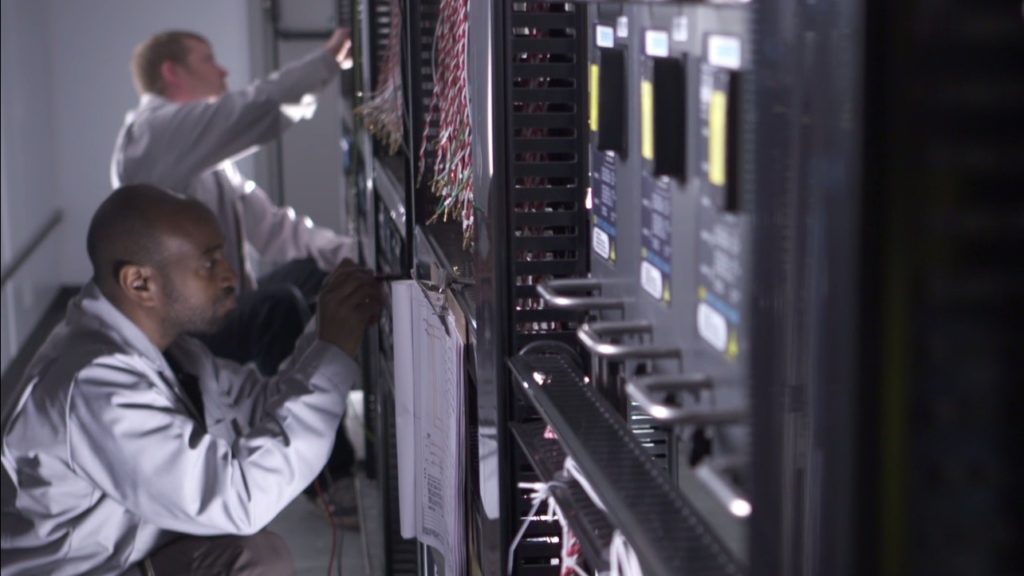
Manufacture
Once the design has been completed and verified, the design engineers work with the company’s GB-based manufacturing team to work through the REB specification, which may well incorporate Siemens Mobility’s Trackguard Westrace MkII and Trackguard Westlock interlocking technologies, all manufactured at the company’s Chippenham production plant. Lines of communication between the relevant project, manufacturing, engineering and research and development (R&D) teams are short and clear, with each team – including around 200 R&D staff – based in the UK.
Environmental test chambers are also used to cycle the product through extreme temperature changes. This process puts thermal stress on the components, causing any weak elements to fail under controlled conditions. Any component failures are then replaced at the factory, preventing the occurrence of early-life failure on a live railway that could have the potential to disrupt service operation and impact passengers. This is just one of the test steps used to maintain high product quality, which is the whole point of an REB being built up under factory conditions.
Following an initial review by the manufacturing team, at which point any issues or concerns are raised, discussed and resolved, a full Bill of Materials (BoM) is produced, capturing every individual line item required to produce the REB. With around 5,000 individual components in a typical unit, this process is part automated, so that, for example, if a Train Protection and Warning System (TPWS) unit is included, the standard elements of the component can be called in to the BoM. Once complete and checked, the BoM is released and a unique part number generated for the REB, which will remain with it throughout its life.
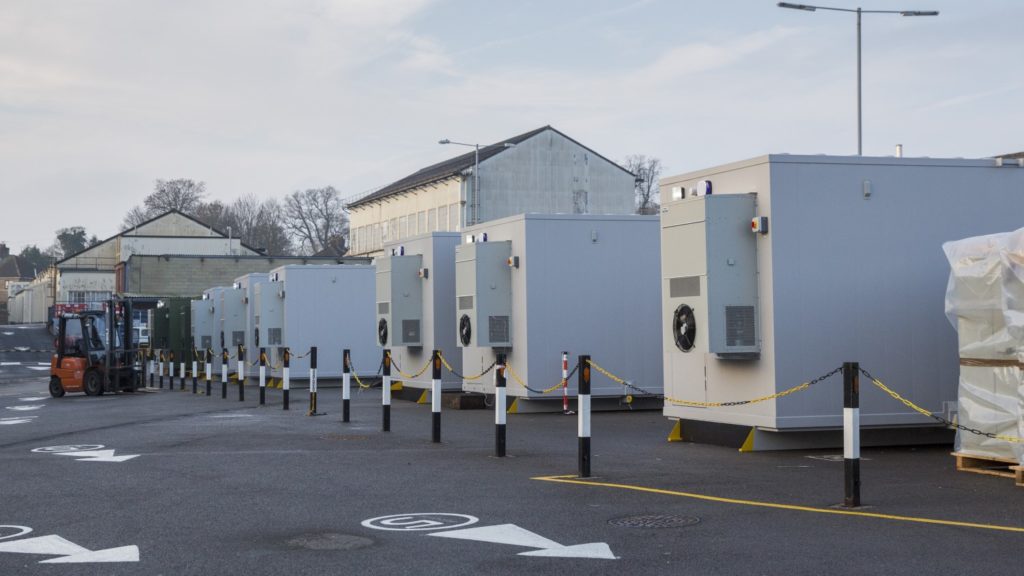
On acceptance by the customer, and on receipt of a purchase order, the required parts are then procured either through the Siemens Mobility factory or through the company’s established UK supply chain, which largely consists of SMEs (small and medium-sized enterprises).
From initial enquiry to site delivery, the gestation period of the most complex REB can be up to six months, and so, throughout the process, the relevant teams (typically project managers, engineering managers, material interface engineers and design engineers) stay in close and regular contact to ensure smooth progress and on-time delivery.
Once built, the pre-wiring of each REB is verification-tested on site by Siemens Mobility’s team of IRSE-licensed (Institution of Railway Signal Engineers) testers. Full functional testing is increasingly being carried out at the factory, with the REB powered up and trial data used to identify and correct any discrepancies before the unit is installed on site.
Not only is this an easy process to carry out in a factory environment, it also reduces the amount of time that testing staff are required on site, making the process safer, faster and more cost-effective.

Automatic Test Equipment (ATE), much of it designed and manufactured by Siemens Mobility’s own team in Chippenham, is also used as part of the initial testing process, ensuring that the materials are correctly wired. Whereas this would traditionally have been a two-person task, the use of ATE not only significantly speeds up the process, but also improves the quality by removing the risk of human error.
As part of a broad continuous-improvement initiative, the company is driving standardisation across its range, with fewer components leading to efficiencies in packaging, storage and delivery – all of which supports the industry’s wider decarbonisation initiatives.
The multi-skilled, multi-trained UK team has the capacity to manufacture up to 24 REBs at any one time, with communications between the various teams at each stage being key to the successful delivery of these complex systems.
Preparing the site
Before an REB is delivered to site, construction work takes place to prepare a suitable base and cables are run for the power and network connections. The vast majority of the equipment now uses flexible power systems and ethernet-style networking to connect objects and control centres up to extended distances, an example is the North Wales Coast resignalling project, which saw control transferred to the Wales Rail Operating Centre in Cardiff.
Many projects draw on the experience of the company’s regional construction teams, but, where required, these teams are supplemented by supply chain partners, predominantly SMEs with a wealth of site experience.
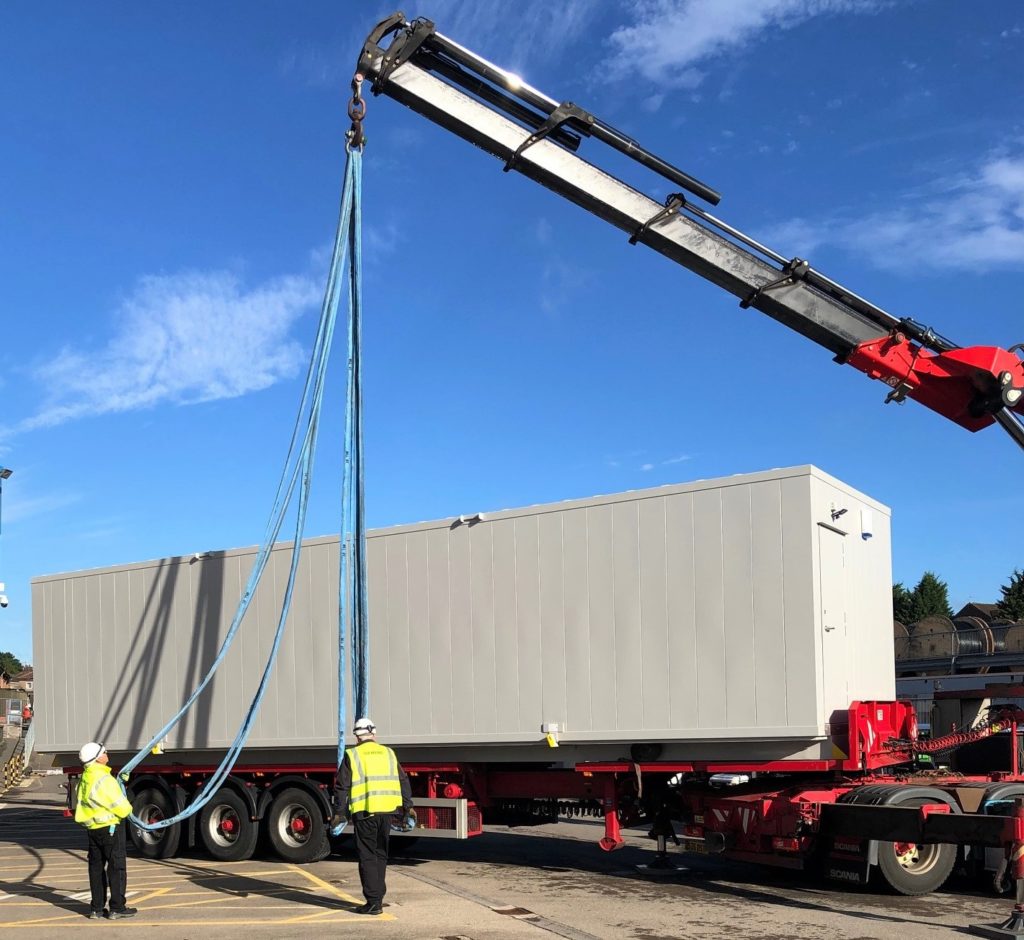
Safe delivery to site
Working with approved haulage contractors, which have specialist experience in delivering REBs to site, the company has two ‘appointed persons’ on site in Chippenham who are responsible for ensuring the safe lifting of the equipment.
Where required, these specialists create a specific lift plan, which will determine the size of crane/lorry required. It is critical that a safe system of work is created and maintained for everyone involved in the process – from loading to transit and final delivery.
Although Siemens Mobility’s logistics team does arrange delivery, it can equally accommodate the requirements of the project team, which may take that responsibility directly. In either event, the team ensures all relevant health and safety conditions, standards and requirements are met, including crane operating licenses.
As the units are all shipped within the UK, carbon emissions are kept to an absolute minimum.
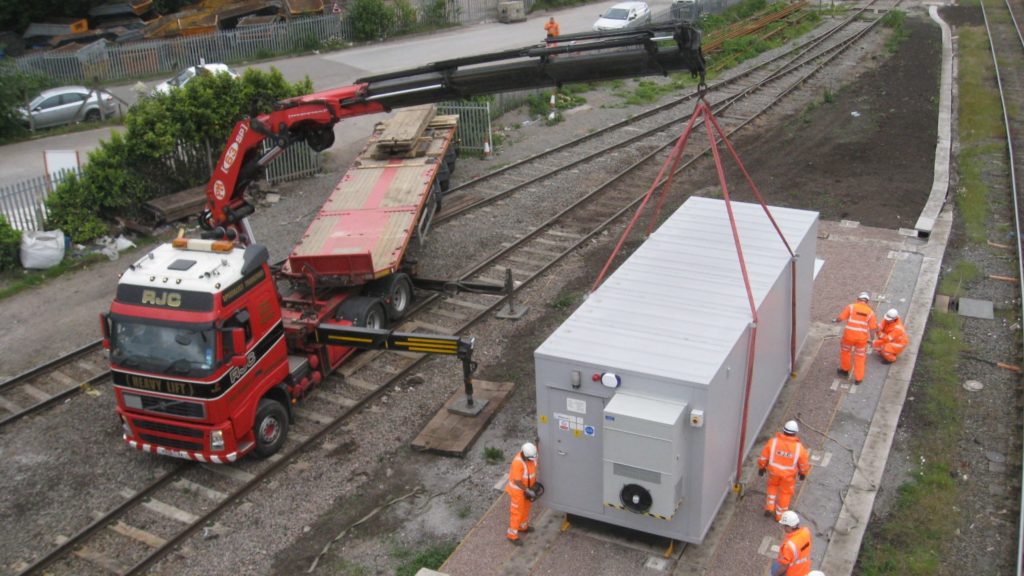
Installation and set to work
Once the unit arrives on site and is craned into position, with the wiring complete and connections prepared for power and network, the REB is ready to set to work by the company’s local installation teams.
Where possible, plug-coupled connectors and modular equipment will have been incorporated into the design, making the process of site installation as fast, efficient and cost-effective as possible. Doing so ensures safe working, reduces the time required for teams to work on site, and so minimises disruption and the impact on projects’ neighbours. It also reduces the potential risk of passenger delays. This is particularly the case when MEH units, which use digitalisation to simplify interconnection, are built into the scheme design.
The installation and construction teams have the skillset, experience and necessary plant and equipment to complete even the most complex of installations, although, if required, supply chain partners can be drawn on as a supplementary resource.
Test and commissioning
Once installed, the final stage in the process is the testing and commissioning of the equipment, with work carried out to test the system’s operation as well as connections to the control centre and trackside equipment.
The fact that equipment and systems testing has already been completed in the factory shortens this process considerably, to the benefit of both passengers and the operator. The company’s local teams are heavily involved in this stage of the process, together with specialist IRSE-licensed testers.
The testers in the factory use Factory Test Copies to test and inspect the REB, carrying out document checks to confirm all relevant pages are correct and signing each page, then further checks are carried out to ensure all of the equipment is fitted in the correct position. They then carry out wire checks – point-to-point checking correct termination, identification and fitment. All wires are check marked for termination at each end and that the correct cable type is fitted.
On completion, all pages are signed off, noting whether there are any discrepancies and, if so, that there is the correct documentation in place to cover this. The Factory Test Copies (TC2) document is completed, which shows testing activity carried out, shortage list, sheet record and version, and a record of equipment fitted.
The future
In their 30 years of existing, REBs have changed considerably, perhaps not in appearance but certainly in their performance and operation, with the incorporation of digital technology bringing significant benefits.
But what will REBs look like in the future? Certainly, they will become smaller and more efficient as network-based signalling becomes more prevalent, but the need to concentrate the control systems into an easily accessible unit remains. With modular signalling schemes, where the object controllers are much smaller and self-contained, fewer, smaller REBs, MEHs, or possibly even just location cases, will be needed. As they reduce in size, the units will also have less embedded carbon and require smaller concrete bases, all of which contributes to decarbonisation.
There is also the option of moving away from separate power, signalling and comms buildings and bringing more equipment together, particularly with batteries becoming smaller, equipment becoming less power hungry and even the possibility of wireless recharging for equipment that is remotely powered.
Guest Editor: Steve Barry is manufacturing operations director of Siemens Mobility in the UK.

